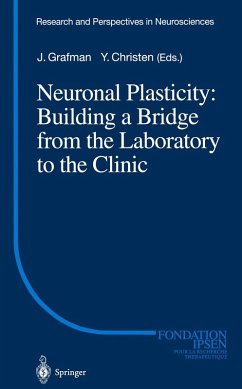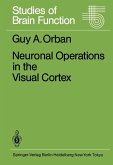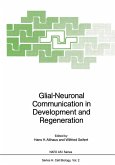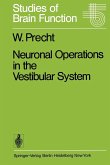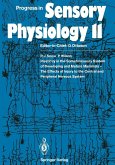Neuronal Plasticity: Building a bridge from the laboratory to the clinic arrives at an opportune time in the history of the neurological sciences. Over the last twenty years there has been an explosive growth in our understanding of the molecular, cellular, and anatomical changes that occur in the days and weeks following brain injury. It is now clear that training and exposure to certain environments can modify and shape neuronal plasticity in lower animals and humans. In humans, in particular, there are new ways of charting neuronal plasticity at the ensemble or regional level using functional neuroimaging techniques such as positron emission tomography and functional magnetic resonance imaging. Transcranial magnetic stimulation is a technique that can be used to both chart and facilitate/inhibit neuronal plasticity and has been used with much recent success. The design of neuroplasticity experiments and the methods used to interpret findings have also become more sophisticated. Thus, the time seems right for transporting the laboratory results to the clinic so that experimental findings can be tested in the "field". In general, there has been a rather slow absorption of the experimental findings in rehabilitation medicine. This volume provides some impetus to moving the field of cognitive neuroscience a little further among in its efforts to improve the lives of patients who have suffered a debilitating brain injury.
Dieser Download kann aus rechtlichen Gründen nur mit Rechnungsadresse in A, B, BG, CY, CZ, D, DK, EW, E, FIN, F, GR, HR, H, IRL, I, LT, L, LR, M, NL, PL, P, R, S, SLO, SK ausgeliefert werden.

